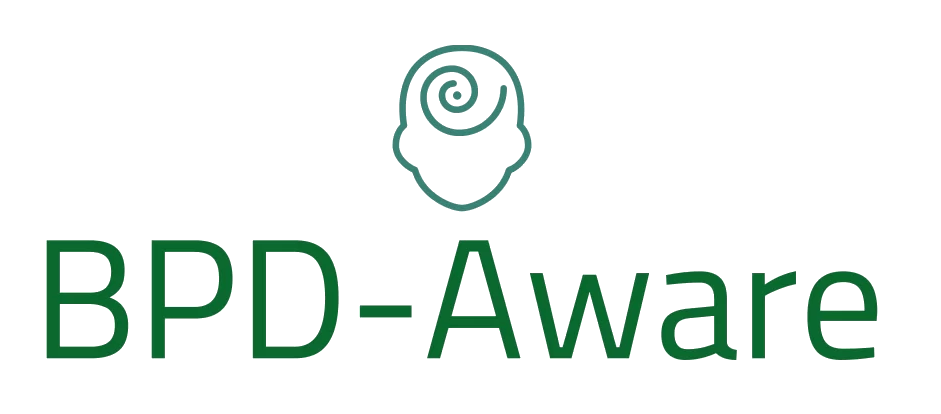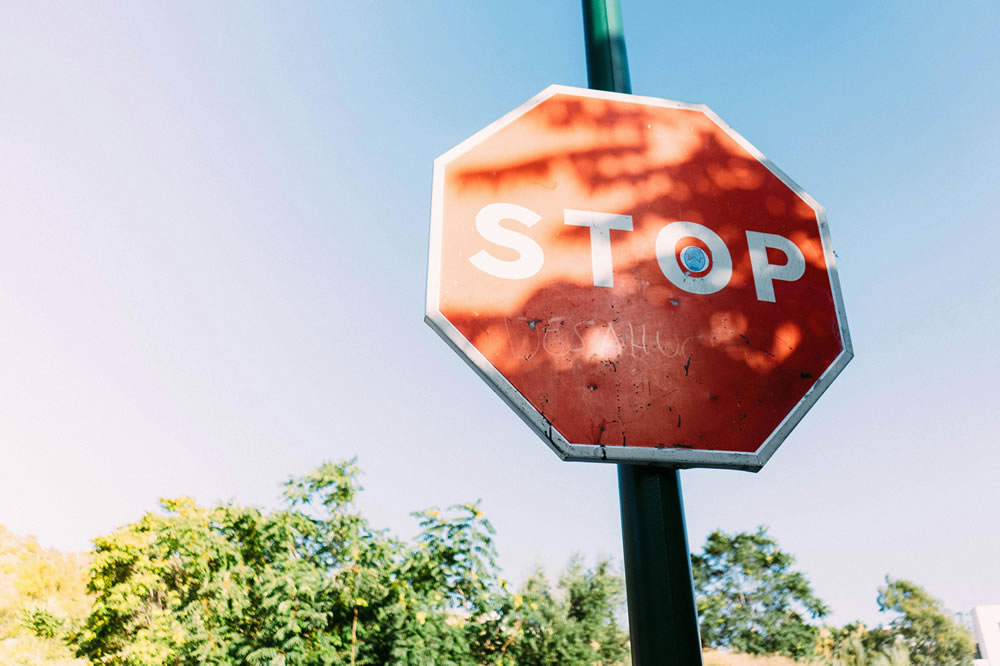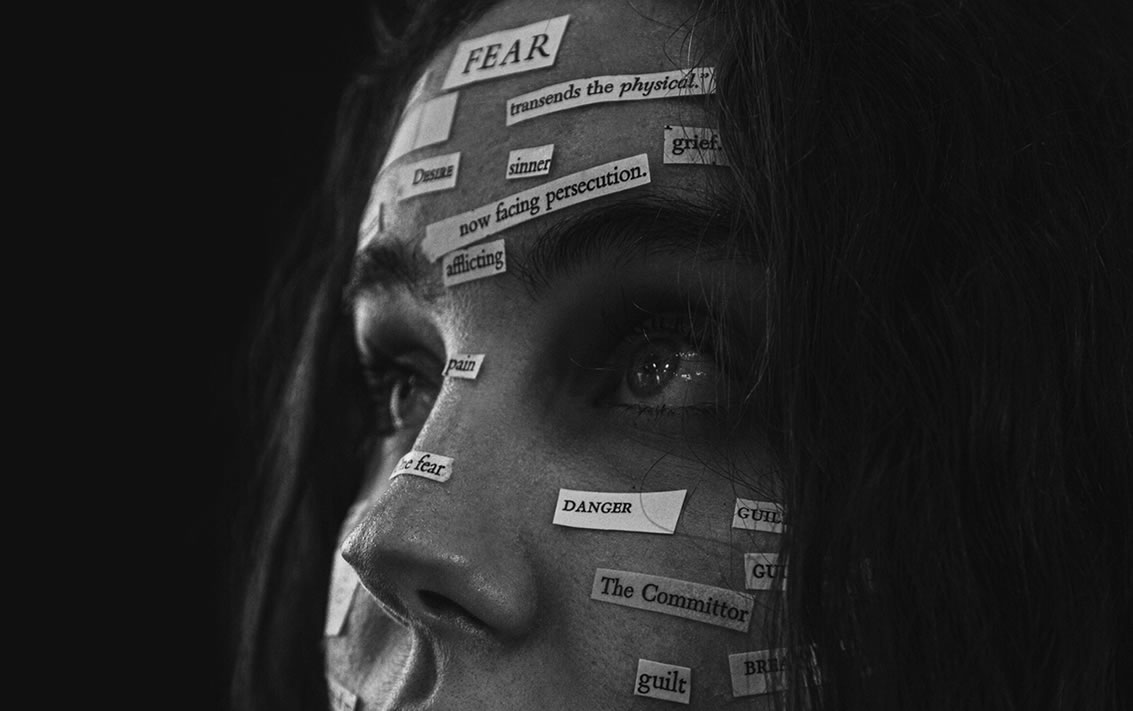The HALT skill is a simple system that allows you to check in with your basic needs, which can have a massive impact on your emotional regulation. As emotional regulation can be challenging for people with borderline personality disorder (BPD), HALT can be a useful tool in overcoming some problems that are typically quite easy to solve.
HALT can directly help people to better cope with the symptoms of BPD and it can also be useful in helping to treat co-occurring problems such as substance abuse issues and eating disorders.
While HALT isn’t technically a skill that falls under the dialectical behavior therapy (DBT) umbrella, it shares enough in common with DBT skills that we feel comfortable including it in this section.
What Does HALT Stand For?
HALT is an acronym for four common states that can intensify emotional distress:
- Hungry
- Angry
- Lonely
- Tired
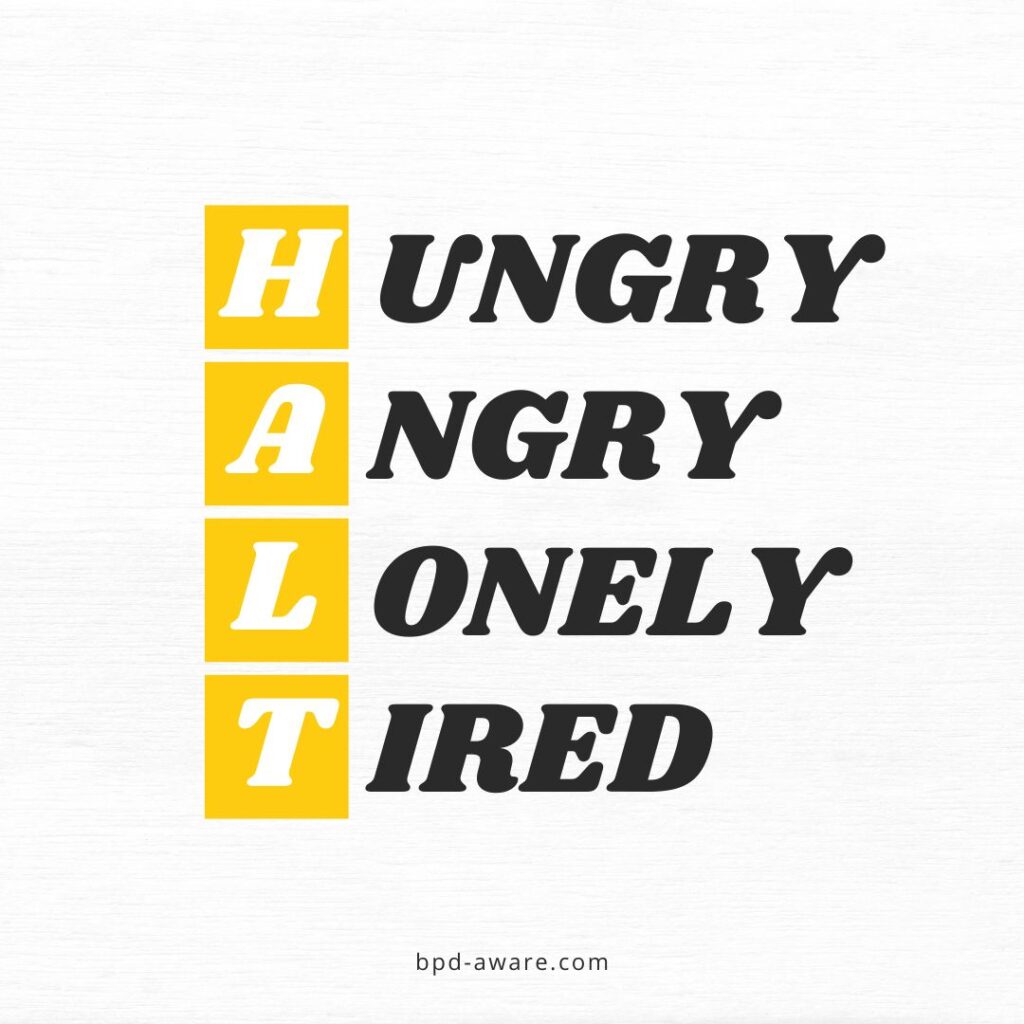
Each of these four states can significantly impact mood and behavior, making it more difficult to effectively manage emotions. If you think back on your own life, how many times have you made bad choices or had difficulty controlling your emotions because you were either hungry, angry, lonely, or tired? The odds are high that you can quickly think of several instances where this was the case.
And it’s not something unique to people with BPD either. When anyone is feeling off, it’s likely because one of their basic needs isn’t being met. By recognizing and addressing these basic needs, you can reduce your emotional reactivity and improve your ability to cope with stress.
Why Is HALT Useful for People with BPD?
The HALT skill is an easy-to-perform technique for checking in on oneself and addressing basic needs before these can escalate into an emotional crisis. With a little practice and self-awareness, people with BPD can greatly reduce the number of negative situations they experience.
How to Practice HALT
Like any skill, HALT requires practice to get better at it. To begin with, it can be a good idea to set an alarm on your phone every hour or two with the simple message HALT. This will remind you to check in with your basic needs and see how you’re feeling before any issues escalate. Eventually, this will become second nature and you may not need the alarms anymore.
Check-in with yourself – When you notice heightened emotions or distress, pause and ask yourself if you are experiencing any of the HALT states.
Address the need – Once you identify which factor (or factors) is contributing to your distress, take appropriate steps:
- Hungry: Eat a nutritious meal or snack to stabilize blood sugar and energy levels. Try to avoid anything high in sugar or caffeine as this can cause you to crash later. A healthy snack at the right time can prevent binge eating unhealthy food later in the day.
- Angry: Identify the source of your anger and use techniques such as deep breathing or the DBT skill of Opposite Action to reduce the negativity that you’re feeling.
- Lonely: Reach out to a supportive friend, family member, or therapist to reconnect and gain emotional support. If necessary, online communities can also be used.
- Tired: Prioritize rest by taking a short nap, improving your sleep routine, or engaging in relaxation techniques. Even a couple of minutes of closing your eyes and taking the time to relax can make a big difference.
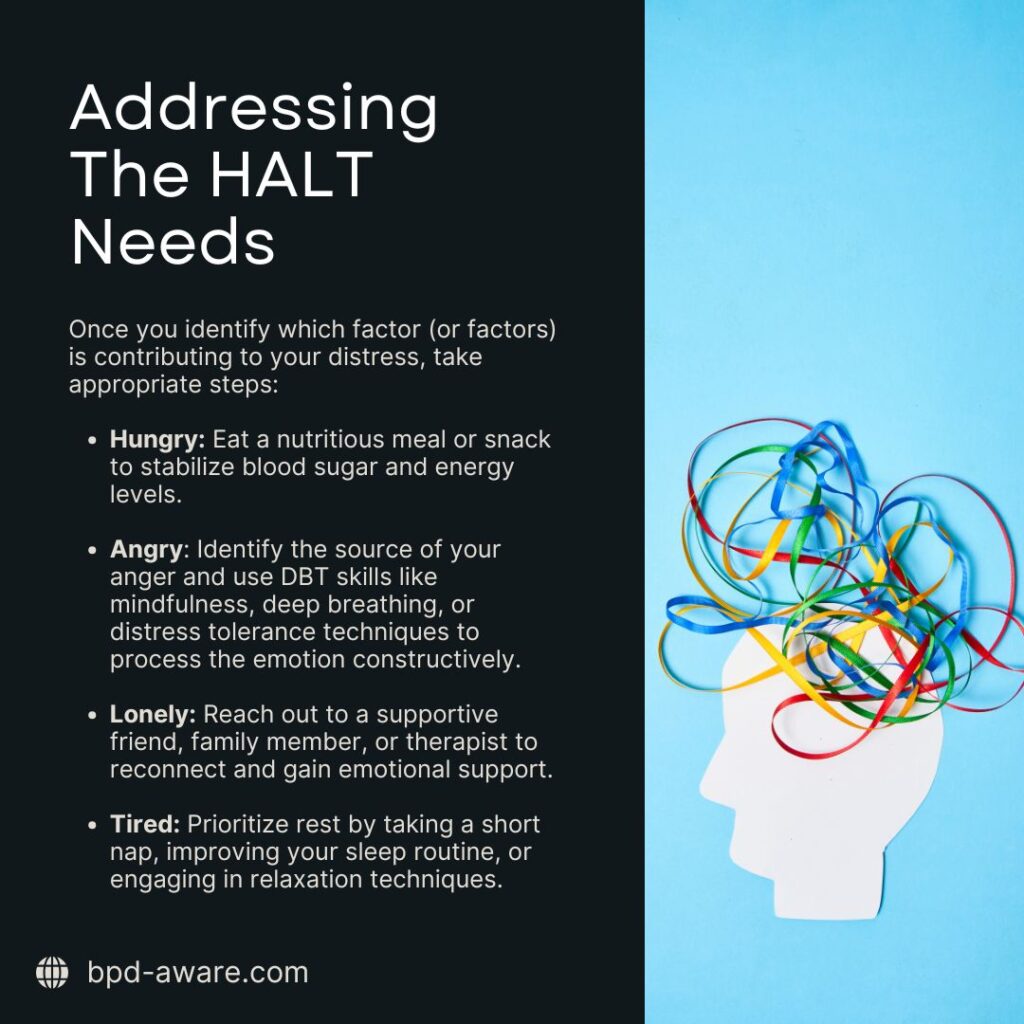
Monitor your emotional state – After addressing your needs, observe any changes in mood or distress levels. Hopefully, you will be feeling a lot better than you were before. If not, you may need to address your needs once more.
Final Thoughts
The HALT skill might seem simple but it can have a big impact on people with BPD as it teaches them to recognize and manage their basic needs, preventing crisis situations. By regularly practicing HALT, people can improve their emotional regulation, reduce impulsivity, and enhance their overall mental health.
Many people with BPD suffer from neglect during childhood, which is why they struggle to meet their basic needs as adults. They weren’t taught how to look after themselves. This is nothing to be ashamed of and can, with a little time and effort, be fixed.
Every fix can make a big improvement in your life and go a long way to reducing your symptoms of BPD.
Sources, Resources, and Further Reading
- Overcome Anxiety & Negative Behavior with the H.A.L.T. Method: https://insighttimer.com/blog/halt-technique/
- How to Calm Down From Anger: 9 Helpful Tip: https://www.talkspace.com/blog/how-to-calm-down-from-anger/
- 47 Depression Snacks: https://foodandmooddietitian.com/47-depression-snacks/
